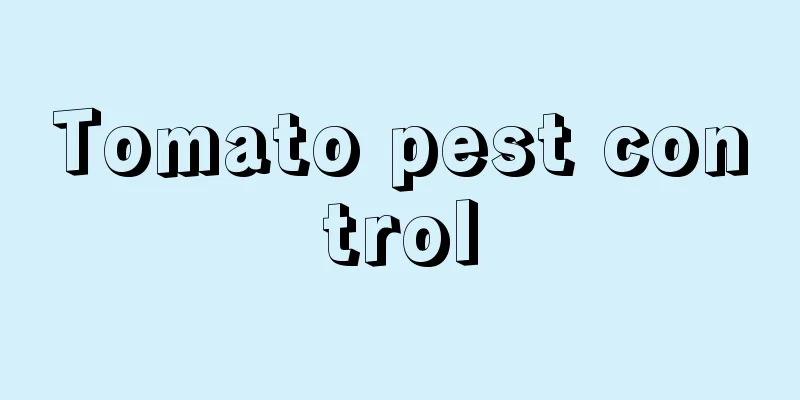Tomato pest control

Late blightThis disease is the most common and most harmful tomato disease, mainly manifesting itself on fruits and leaves. Once the disease occurs, the lesions will spread from the leaves to the main stem, and the tender stems of the plant will gradually rot and the branches and leaves above will die. For specific prevention and control methods, it is recommended to rotate crops with other plants that are not in the Solanaceae family for at least three years. During the disease season, diseased leaves and fruits should be picked off at any time. Avoid overwatering and prune promptly. When the disease starts, you can use 800 to 1000 times diluted 72% of the wettable powder of parathion. Viral diseasesThe symptoms of this disease are yellow top, clustering, curled leaves, etc. It usually occurs in a relatively dry and hot environment, especially when there are more aphids. You can choose disease-resistant hybrid varieties, or you can choose uninfected seeds for disinfection. When the disease first occurs, it is recommended to choose 1000 times of 40% powder for spraying for prevention and control. The powder must be soluble. Cotton bollwormThis insect is the biggest pest of tomatoes. It can occur all year round and will eat the fruits and flowers of the plant, and even harm the buds, stems and leaves. The amount of pests can be reduced in time by pruning and topping the plants when cotton bollworms lay eggs. Alternatively, you can use 30% knock-down emulsion or 15% abamectin emulsion diluted 1000 to 1500 times during the hatching period and spray it when the sunlight is better. |
<<: Eggplant pests and diseases and their control
>>: Pest and disease control of Chinese cabbage
Recommend
What is the best month to plant chickpeas?
When to plant chickpeas Chickpeas are generally p...
The correct way to water green radish with Coke. What are the benefits of watering green radish with Coke mixed with water?
How to water green radish with cola The main ingr...
Can I grow honeysuckle at home?
Can I grow honeysuckle at home? You can grow hone...
Cultivation methods and precautions of Yudiemei
1. Soil The best soil to choose is sandy loam tha...
Can mint be propagated by cuttings?
Methods of reproduction Mint likes a warm and hum...
What kind of soil is best for growing tiger skin orchid?
The growth of tiger skin orchid does not require ...
How often should roses be fertilized? Fertilization time and method
How often should roses be fertilized? Around May ...
Can I take cuttings of peonies in spring?
1. Is it possible? Peonies can be propagated by c...
The growing environment and local conditions of tomatoes
Tomato growing environment and conditions Tomatoe...
Is ivy cultivated in soil or water?
1. Both soil and hydroponics are acceptable Ivy c...
When is the best time to plant lettuce?
Lettuce is a very common rural vegetable . Many f...
How to grow Pilea coleus in winter, what to do if the edges of the leaves turn black
1. How to grow cold water flowers in winter 1. In...
How to save seeds of honeydew melon
How to keep the seeds of honeysuckle When we eat ...
How to grow lily of the valley
1. Soil Lily of the valley has a very good growth...
Plant these 3 kinds of flowers once and you will be addicted, and you can never quit
Hydrangea (Author: Mint Loli Source: Sina Weibo) ...









